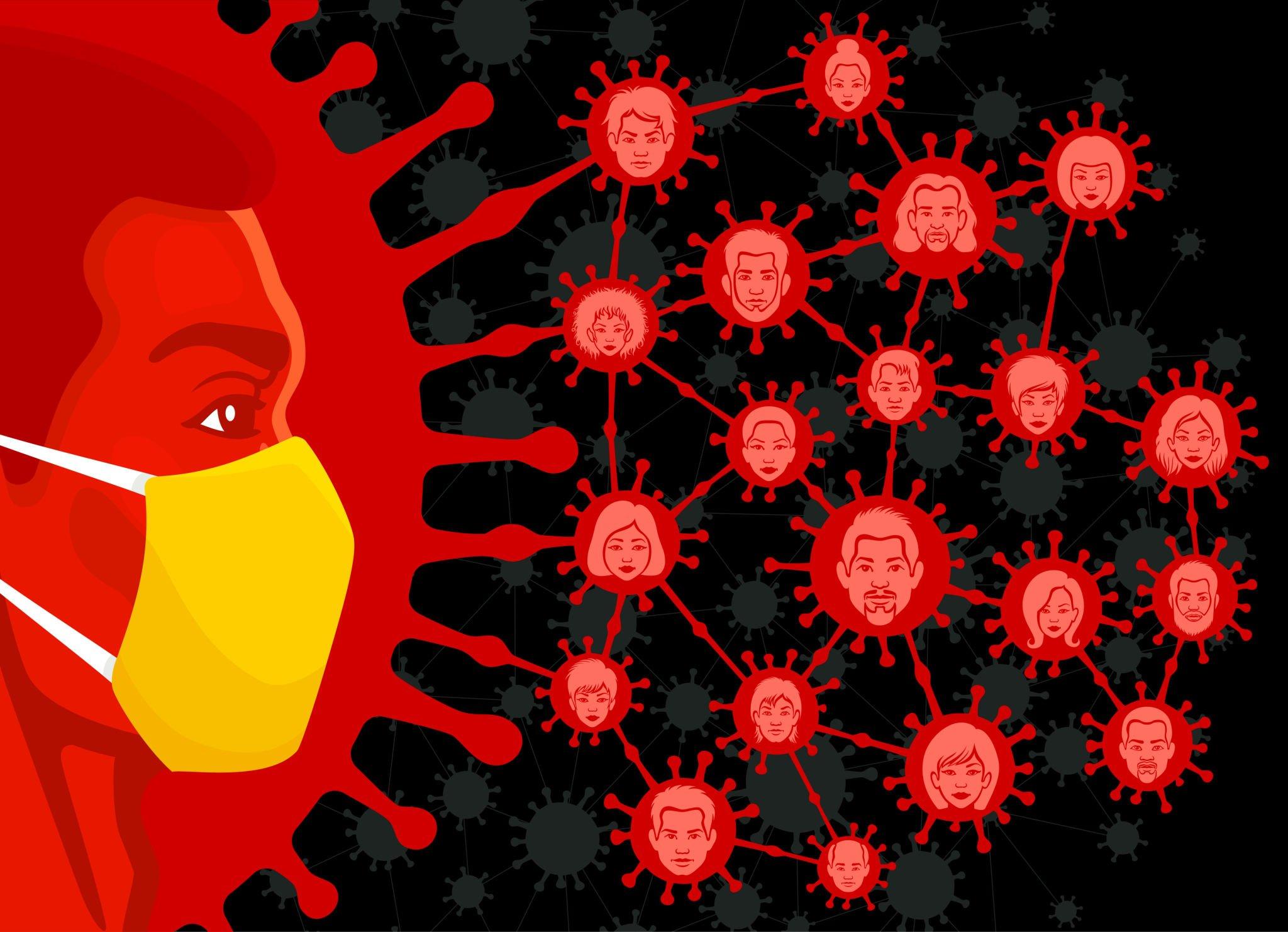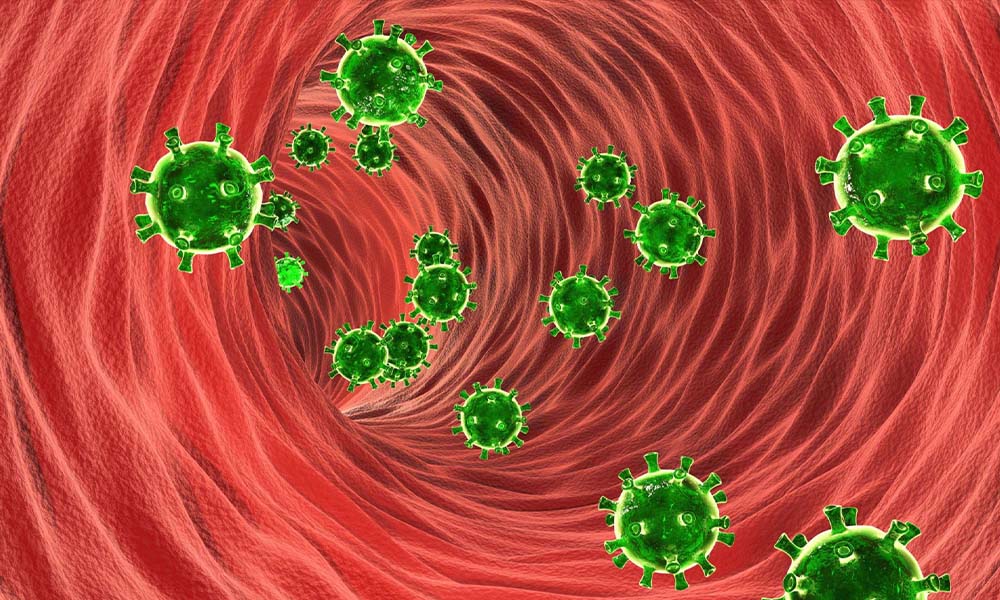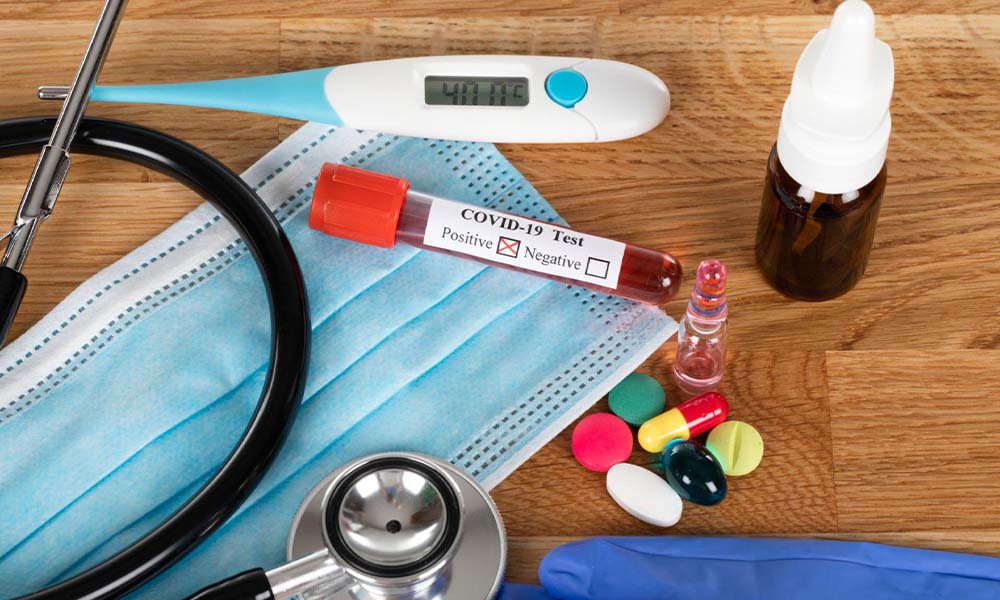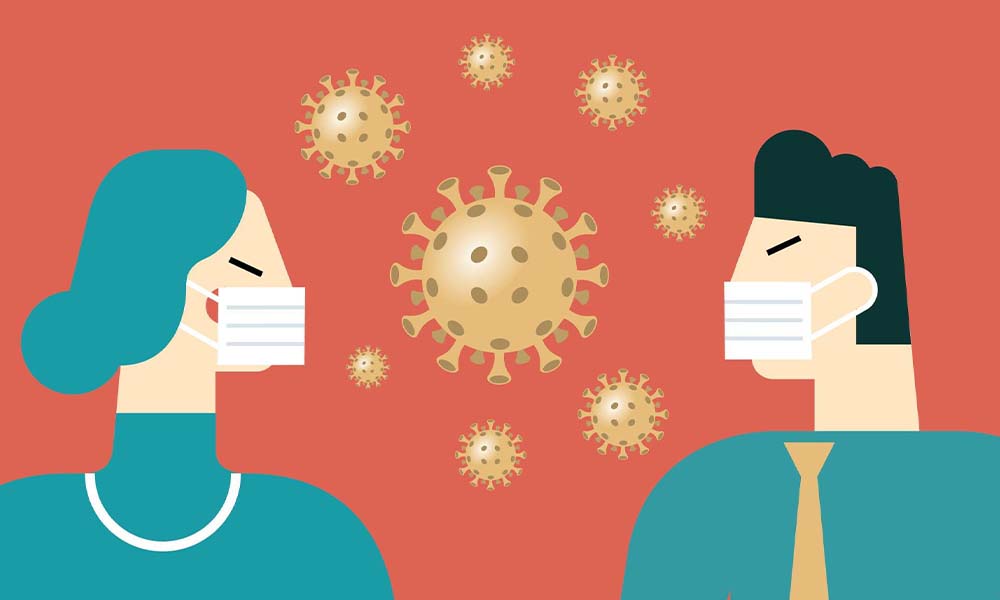The COVID-19 pandemic has brought about unprecedented challenges worldwide. As the virus continues to evolve, new variants and strains have emerged, leading to different sets of symptoms. One such variant is Pirola COVID, which has been causing concern among healthcare professionals and the general population alike. In this article, we will delve into the symptoms associated with Pirola COVID, both common and uncommon, and explore their severity and duration. Understanding these symptoms is crucial for early recognition, diagnosis, and appropriate treatment. So, let’s begin by understanding what Pirola COVID symptoms are.
Table of Contents
ToggleWhat are Pirola COVID Symptoms?

Pirola COVID symptoms are a set of manifestations that individuals infected with the Pirola variant of the COVID-19 virus may experience. It is important to note that these symptoms may vary from person to person and can range from mild to severe. Common symptoms include fever, cough, and shortness of breath, which are also observed in other variants of COVID-19. However, there are additional symptoms specific to Pirola COVID that we will explore in the following sections.
Common Pirola COVID Symptoms
The common symptoms of Pirola COVID are similar to those of other COVID-19 variants. These include fever, which is often accompanied by chills and body aches. Cough is another prevalent symptom, which can range from a mild, dry cough to a persistent, productive cough. Shortness of breath is also commonly reported, particularly during physical activity or exertion. Additionally, individuals with Pirola COVID may experience fatigue, headache, sore throat, and loss of taste or smell. These symptoms usually appear within 2-14 days after exposure to the virus.
Uncommon Pirola COVID Symptoms
In addition to the common symptoms, Pirola COVID may present some uncommon manifestations that are less frequently observed. These symptoms can include gastrointestinal issues such as diarrhea, nausea, and vomiting. Some individuals may also experience skin rashes or discoloration, which may be accompanied by itching or swelling. Another uncommon symptom associated with Pirola COVID is neurological manifestations, such as dizziness, confusion, or difficulty concentrating. It is important to note that these symptoms may not be exclusive to Pirola COVID and can also be observed in other viral infections.
Severity and Duration of Pirola COVID Symptoms

The severity and duration of Pirola COVID symptoms can vary widely among individuals. While some may experience mild symptoms that resolve within a week, others may develop severe symptoms that require hospitalization and intensive care. It is crucial to monitor the progression of symptoms and seek medical attention if they worsen or become unmanageable. The duration of symptoms can also vary, with most individuals recovering within two to three weeks. However, some individuals may experience lingering symptoms, known as long COVID, which can persist for months.
How to Recognize Pirola COVID Symptoms
Recognizing Pirola COVID symptoms is essential for early detection and appropriate management. If you experience any of the common symptoms mentioned earlier, such as fever, cough, shortness of breath, fatigue, or loss of taste or smell, it is important to consider the possibility of Pirola COVID. Additionally, if you develop any of the uncommon symptoms associated with Pirola COVID, such as gastrointestinal issues, skin rashes, or neurological manifestations, it is advisable to seek medical advice. Prompt recognition of symptoms can help in preventing the spread of the virus and ensure timely treatment.
Diagnosing Pirola COVID Symptoms
Diagnosing Pirola COVID involves a combination of clinical evaluation, laboratory tests, and imaging studies. Healthcare professionals may assess your symptoms, perform a physical examination, and inquire about your medical history and recent exposure to COVID-19. Laboratory tests, such as polymerase chain reaction (PCR) tests or antigen tests, can detect the presence of the Pirola variant of the virus in respiratory samples. Imaging studies, such as chest X-rays or computed tomography (CT) scans, may be performed to assess the severity of lung involvement. It is important to consult a healthcare professional for an accurate diagnosis.
Treatment Options for Pirola COVID Symptoms

The management of Pirola COVID symptoms largely focuses on supportive care and symptom relief. Mild cases can be managed at home with rest, hydration, and over-the-counter medications to alleviate fever and discomfort. However, severe cases may require hospitalization, especially if respiratory distress or other complications arise. In such cases, treatment may involve supplemental oxygen therapy, antiviral medications, and other supportive measures. It is important to follow the guidance of healthcare professionals and adhere to the prescribed treatment plan for optimal recovery.
Preventing the Spread of Pirola COVID
Preventing the spread of Pirola COVID involves the same preventive measures as those recommended for other variants of COVID-19. These include practicing good hand hygiene by washing hands frequently with soap and water or using hand sanitizers. Wearing masks in public settings, maintaining physical distance from others, and avoiding large gatherings are also crucial in preventing transmission. Vaccination against COVID-19 is highly recommended as it offers protection against multiple variants, including Pirola COVID. It is important to stay informed about the latest guidelines and updates from reliable sources to effectively prevent the spread of the virus.
Frequently Asked Questions
What are Pirola COVID symptoms, and how do they differ from typical COVID-19 symptoms?
Pirola COVID symptoms refer to a set of symptoms associated with a specific variant of the SARS-CoV-2 virus. While some symptoms may overlap with typical COVID-19 symptoms, Pirola variants may present unique symptoms that require close monitoring.
What are some common Pirola COVID symptoms reported so far?
Common Pirola COVID symptoms reported include severe fatigue, persistent headaches, neurological symptoms such as brain fog or memory issues, and unusual skin rashes or discoloration.
Is the Pirola variant more severe or contagious than other variants of the virus?
The severity and contagiousness of the Pirola variant can vary. It is essential to rely on scientific studies and health authorities for updated information on its characteristics.
Do COVID-19 vaccines provide protection against Pirola variants?
COVID-19 vaccines remain effective in providing protection against severe illness and hospitalization, including those caused by Pirola variants. Staying up-to-date with vaccinations and boosters is vital.
Can individuals with Pirola COVID symptoms transmit the virus to others?
Like with other variants of SARS-CoV-2, individuals with Pirola COVID symptoms can potentially transmit the virus to others. It’s essential to practice preventive measures such as mask-wearing, hand hygiene, and physical distancing to reduce transmission risk.
Are Pirola COVID symptoms more likely to affect certain age groups or populations?
Pirola COVID symptoms can affect individuals of various age groups and backgrounds. However, the impact and severity of symptoms may vary based on factors like age, underlying health conditions, and vaccination status.
How can individuals differentiate between Pirola COVID symptoms and symptoms of other illnesses?
Distinguishing between Pirola COVID symptoms and symptoms of other illnesses can be challenging. COVID-19 testing is crucial for confirmation, especially if you experience symptoms commonly associated with the virus. Seek medical advice if you have concerns about specific symptoms.
Conclusion
In conclusion, understanding Pirola COVID symptoms is vital for early recognition, diagnosis, and appropriate management. While common symptoms such as fever, cough, and shortness of breath are observed in Pirola COVID, there are also uncommon symptoms like gastrointestinal issues, skin rashes, and neurological manifestations. The severity and duration of these symptoms can vary among individuals, with some experiencing mild manifestations while others require intensive care. By recognizing the symptoms, seeking medical advice, and following preventive measures, we can collectively combat the spread of Pirola COVID and protect ourselves and our communities. Stay informed, stay vigilant, and together we can overcome this unprecedented challenge.


